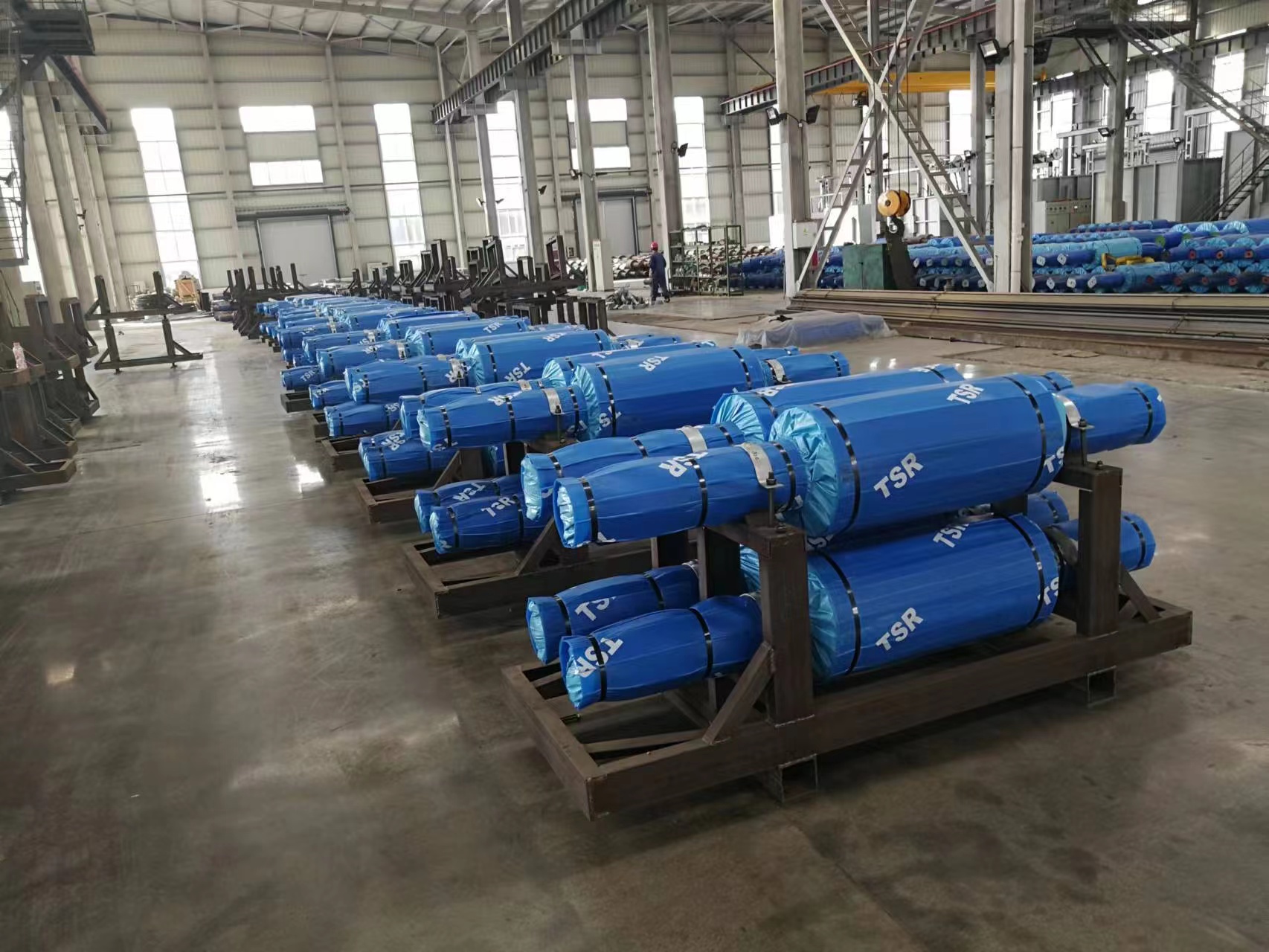Research on Quenching Process for New Forged High-Speed Steel Roll Material
Modern large-scale cold strip mills have achieved endless and semi-endless rolling. Requirements for strip quality—such as surface flatness and thickness uniformity—are increasingly demanding, leading to higher standards for work roll quality, especially in terms of surface hardness and depth of the hardened layer. The development of materials for cold-rolled work rolls has always been a focus in the roll industry, evolving from initial bearing steel to 2%Cr, 3%Cr, and 5%Cr alloy steels, typically marked by a continuous increase in chromium content. In recent years, semi-high-speed steel and high-speed steel roll materials have emerged, with growing research attention on their microstructures and carbides. Technicians from Anhui Huanbowan High-Speed Steel Roll Co., Ltd. studied the quenching process of a newly developed forged high-speed steel cold roll material, analyzing the effects of quenching temperature on microstructure, grain size, retained austenite, and hardness. The study provides a theoretical and experimental basis for developing high-end cold-rolled work rolls.
The tested forged high-speed steel was smelted in a 50 kg vacuum induction furnace, forged into 100 mm × 100 mm × 250 mm billets at high temperature, and then annealed at 700°C for 4 hours. Metallographic samples (15 mm × 15 mm × 15 mm) were heated at various temperatures in a box-type resistance furnace and air-cooled. Hardness was measured using a 660 RLD/T Rockwell hardness tester, retained austenite content via an X’perPro X-ray diffractometer, microstructure and grain size with an Axiovert 200 MAT optical microscope, and carbides were observed using a QUANTA400 scanning electron microscope.
The as-cast microstructure of the new forged high-speed steel roll consists of lower bainite, ledeburite, a small amount of martensite, blocky carbides, and granular carbides. The large blocky carbides are primary carbides precipitated during solidification, while the granular carbides are secondary carbides precipitated from austenite during cooling. The total carbide content is 3.6%. Key findings include:
(1) Quenching temperature affects carbide dissolution. As the temperature increases, the carbide content in the quenched structure gradually decreases. At 1200°C, granular carbides are nearly fully dissolved, with only a small amount of blocky carbides remaining.
(2) Grain size increases with rising quenching temperature. Significant grain growth occurs above 1040°C. At temperatures exceeding 1160°C, the grain size reaches level 4.5, indicating severe coarsening.
(3) Retained austenite content increases with quenching temperature. The increase is gradual below 1080°C but becomes sharp above this temperature. At 1160°C, retained austenite reaches 38%. To control retained austenite, the quenching temperature should be kept below 1080°C.
(4) The hardness peaks at 64.1 HRC when quenched at 1040°C, where the structure, grain size, and retained austenite are optimally balanced.
(5) The recommended quenching temperature range for the new forged high-speed steel roll material is between 1020°C and 1080°C.


